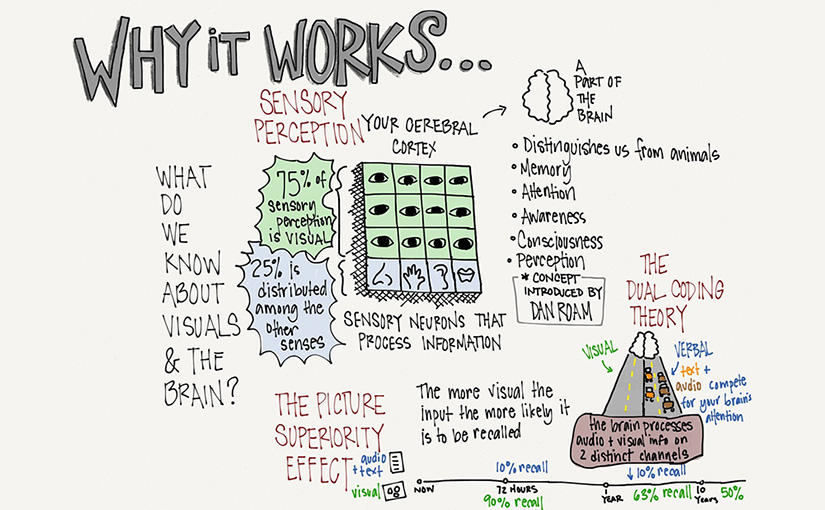Before we start, let’s note that doodling during the class is encouraged and making mind maps throughout your research is recommended.
In these posts we look closely at the Literature Review and its characteristics. We consider how to structure this chapter which is expected to describe, summarise, evaluate, clarify and/or integrate existing primary or original scholarship by accredited scholars and researchers.
The Literature Review is an early chapter, often placed right after the introduction. It should show the reader, especially your PhD examiners, that you know the field(s) and can identify and critically appraise key texts in an unbiased way. It demonstrates your credibility as a writer. It sets the tone and reassures the examiner that you know your stuff. It is drafted during Year One and then updated as necessary throughout your research. It should shine by the time of submission.
It should be organised around, and related directly to, your thesis or research question. This chapter of your thesis from most other chapters in that you do not introduce your own, new primary scholarship. Nor do you offer your opinion. The focus of a literature review is to summarise and synthesise the arguments and ideas of others without adding new contributions. It often traces the intellectual progression of the field(s) your are reviewing, and it usually describes major debates, showing that you knows the ins and outs, the details of key ideas and texts. This includes a discussion of counter arguments and it is usual to identify areas of controversy in the literature. Your summary and synthesis will lead the reader logically to your explanation of the gap in the literature, to the questions that you have formulated that need further research.
